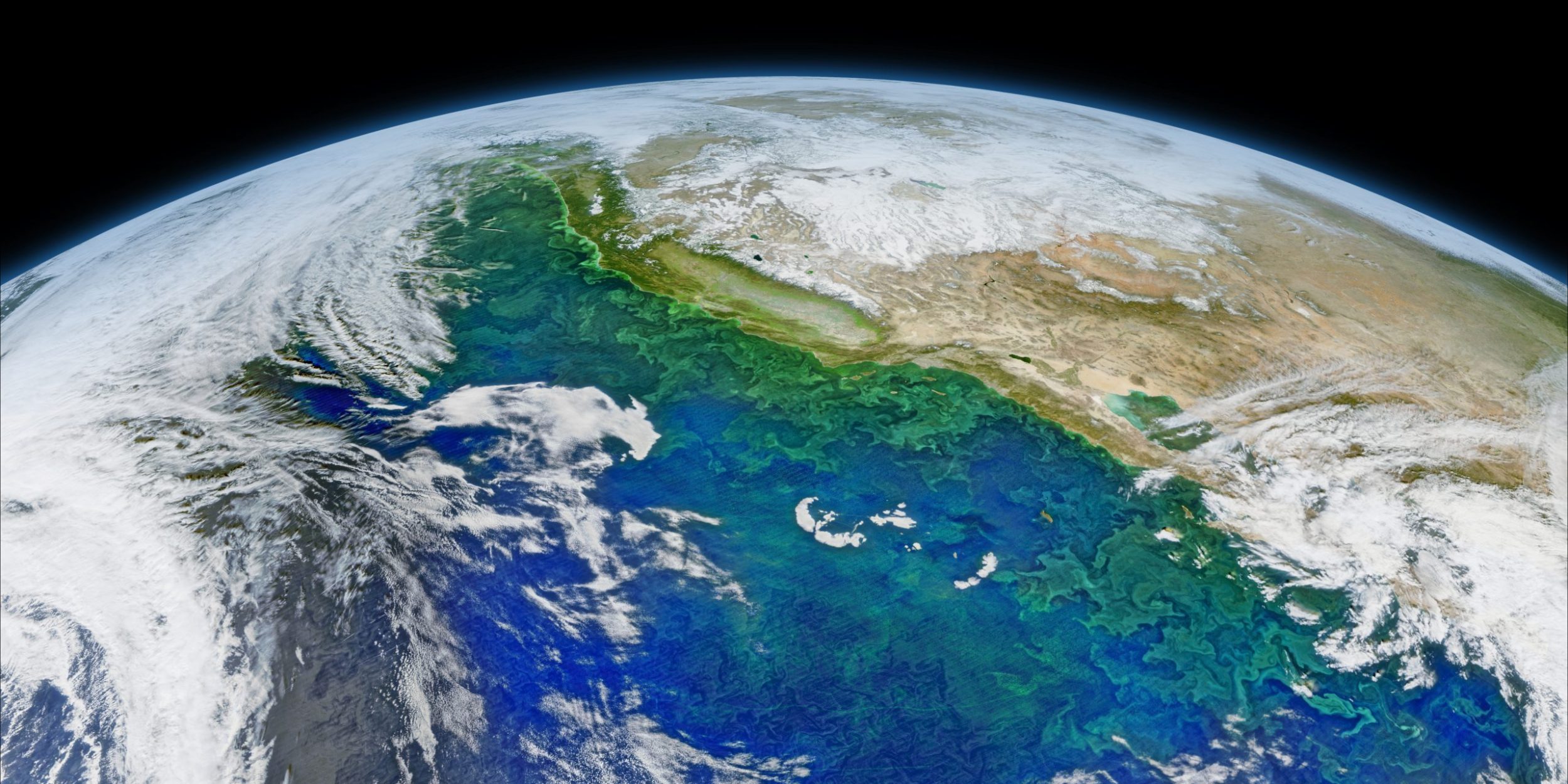A seasonal multi-model forecast 

This study was supported by the CPO Modeling, Analysis, Predictions, and Projections (MAPP) Program.
Abstract
The California Current System (CCS) is a biologically productive Eastern Boundary Upwelling System that experiences considerable environmental variability on seasonal and interannual timescales. Given that this variability drives changes in ecologically and economically important living marine resources, predictive skill for regional oceanographic conditions is highly desirable. Here, we assess the skill of seasonal sea surface temperature (SST) forecasts in the CCS using output from Global Climate Forecast Systems in the North American Multi-Model Ensemble (NMME), and describe mechanisms that underlie SST predictability. A simple persistence forecast provides considerable skill for lead times up to ~4 months, while skill above persistence is mostly confined to forecasts of late winter/spring and derives primarily from predictable evolution of ENSO-related variability. Specifically, anomalously weak (strong) equatorward winds are skillfully forecast during El Niño (La Niña) events, and drive negative (positive) upwelling anomalies and consequently warm (cold) temperature anomalies. This mechanism prevails during moderate to strong ENSO events, while years of ENSO-neutral conditions are not associated with significant forecast skill in the wind or significant skill above persistence in SST. We find also a strong latitudinal gradient in predictability within the CCS; SST forecast skill is highest off the Washington/Oregon coast and lowest off southern California, consistent with variable wind forcing being the dominant driver of SST predictability. These findings have direct implications for regional downscaling of seasonal forecasts and for short-term management of living marine resources.



